2.The Decimal System
2. 十进制系统
India gave the ingenious method of expressing all numbers by means of ten symbols – the decimal system. In this system, each symbol received a value of position as well as an absolute value.
印度发明了一种巧妙的方法,用十进制来表达所有的数字。在该系统中每个符号都有一个位值和一个绝对值。
3.Numeral Notations
3. 数字符号
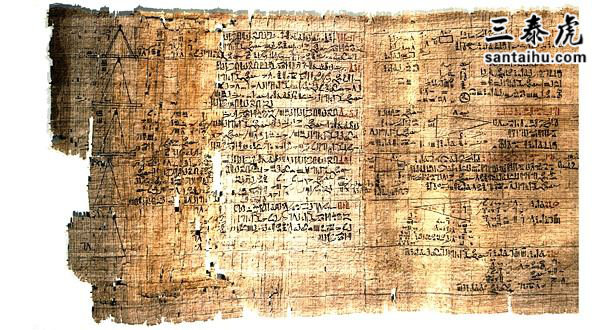
Indians, as early as 500 BCE, had devised a system of different symbols for every number from one to nine. This notation system was adopted by the Arabs.
Centuries later, this notation system was adopted by the western world who called them the Arabic numerals as it reached them through the Arab traders.
早在公元前500年,印度人就为从1到9的每一个数字设计了一套不同的符号系统。这种记数法被阿拉伯人采用。
几个世纪后,这种记数法被西方国家采用,因为是通过阿拉伯商人传过来的,所以他们称之为阿拉伯数字。
4. Fibbonacci Numbers
4. 斐波纳契数

The Fibonacci numbers and their sequence first appear in Indian mathematics as mātrāmeru, mentioned by ingala in connection with the Sanskrit tradition of prosody. Later on, the methods for the formation of these numbers were given by mathematicians Virahanka, Gopala and Hemacandra , much before the Italian mathematician Fibonacci introduced the fascinating sequence to Western European mathematics.
斐波纳契数列及其序列最早出现在印度数学体系,是由ingala提出的,跟与梵语韵律的传统相关联。后来,维拉罕卡、戈帕拉和赫玛昌德拉三位数学家给出了这些数字的形成方法,这远远早于意大利数学家斐波那契将这个迷人的数列引入西欧数学的时间。
5. Binary Numbers
5. 二进制数
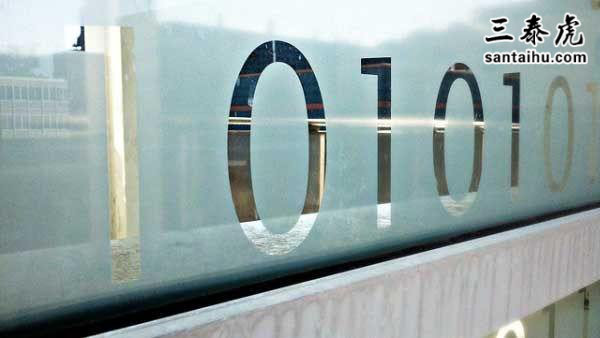
Binary numbers is the basic language in which computer programs are written. Binary basically refers to a set of two numbers, 1 and 0, the combinations of which are called bits and bytes. The binary number system was first described by the Vedic scholar ingala, in his book Chandahśāstra, which is the earliest known Sanskrit treatise on prosody ( the study of poetic metres and verse).
二进制数是编写计算机程序的基本语言。二进制基本上是指两个数字1和0的集合,它们的组合称为位和字节。二进制数系是由吠陀学者ingala在他的书《Chandahśāstra》中提出的——最早的梵文韵律学论述(针对诗歌格律和诗节的研究)。
6. Chakravala method of Algorithms
6. 查克拉瓦拉算法
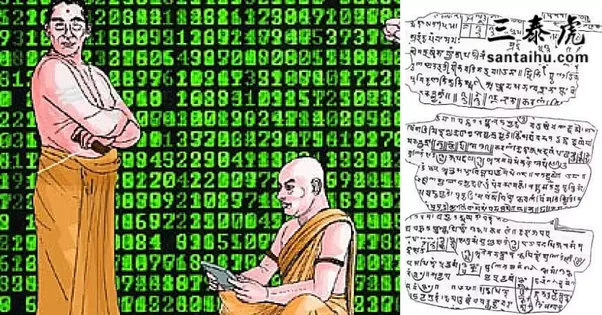
The chakravala method is a cyclic algorithm to solve indeterminate quadratic equations, including the Pell’s equation. This method for obtaining integer solutions was developed by Brahmagupta, one of the well known mathematicians of the 7thcentury CE. Another mathematician, Jayadeva later generalized this method for a wider range of equations, which was further refined by Bhāskara II in his Bijaganita treatise.
查克拉瓦拉法是求解不定二次方程(包括佩尔方程)的循环算法。这种获得整数解的方法是由布拉马库塔提出的,布拉马库塔是公元前7世纪著名的数学家之一。另一位数学家贾亚德瓦后来将这种方法推广到更广泛的方程组中,并在他的《代数学》论文的婆什伽罗2中做了更进一步的完善。
7. Ruler Measurements
7. 测量尺
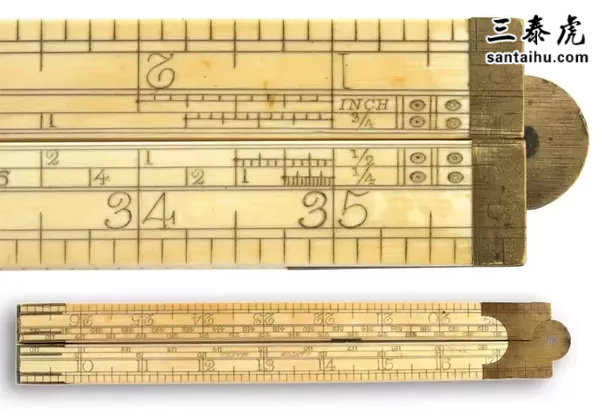
Excavations at Harappans sites have yielded rulers or linear measures made from ivory and shell. Marked out in minute subdivisions with amazing accuracy, the calibrations correspond closely with the hasta increments of 1 3/8 inches, traditionally used in the ancient architecture of South India. Ancient bricks found at the excavation sites have dimensions that correspond to the units on these rulers.
在哈拉帕遗址的发掘工作中,人们发现了由象牙和贝壳制成的尺子或线形测量工具。精确到令人惊叹的细分刻度,刻度与南印度古代建筑中传统使用的哈斯特增量1 3/8英寸非常接近。挖掘现场发现的古砖的尺寸与这些尺子的单位相呼应。
8. A Theory of Atom
8. 原子理论
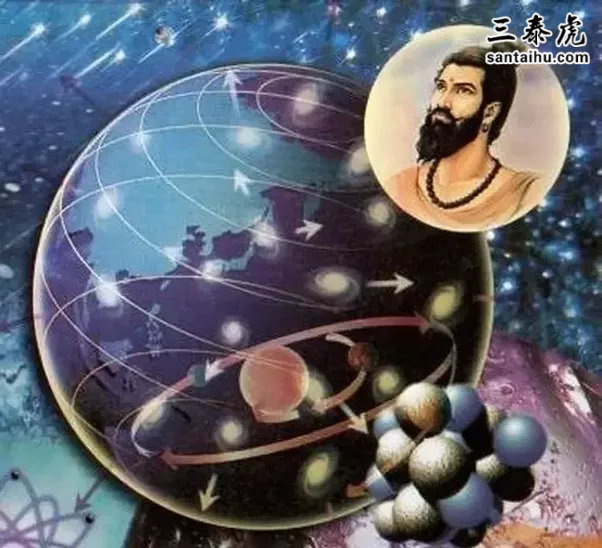
One of the notable scientists of the ancient India was Kanad who is said to have devised the atomic theory centuries before John Dalton was born. He speculated the exstence of anu or a small indestructible particles, much like an atom. He also stated that anu can have two states — absolute rest and a state of motion. He further held that atoms of same substance combined with each other in a specific and synchronized manner to produce dvyanuka (diatomic molecules) and tryanuka (triatomic molecules).
古印度最著名的科学家之一是卡纳德,据说他在约翰·道尔顿出生前几个世纪就提出了原子理论。他推测存在院子或一种小的不可破坏的粒子,很像一个原子。他还说,原子可以有两种状态——绝对静止和运动状态。他进一步认为,相同物质的原子以特定的同步方式相互结合,产生双原子分子和三原子分子。
9. Wootz Steel
9. 伍茨钢
A pioneering steel alloy matrix developed in India, Wootz steel is a crucible steel characterized by a pattern of bands that was known in the ancient world by many different names such as Ukku, Hindwani and Seric Iron. This steel was used to make the famed Damascus swords of yore that could cleave a free-falling silk scarf or a block of wood with the same ease. Produced by the Tamils of the Chera Dynasty, the finest steel of the ancient world was made by heating black magnetite ore in the presence of carbon in a sealed clay crucible kept inside a charcoal furnace.
伍茨钢是在印度研制的一种具有开拓性意义的合金钢基体,它是一种坩埚钢,其特征是具有许多不同的条纹图案,在古代世界被称为Ukku、Hindwani和Seric Iron。这种钢被用来制造古代著名的大马士革宝剑,它可以轻松地劈开飘落的丝巾或木块。这种古时最好的钢是由切拉王朝的泰米尔人生产的,把黑色磁铁矿和碳放在木炭炉内的密封粘土坩埚中加热而制成。
10. Plastic Surgery
10. 整形手术

Written by Sushruta in 6th Century BC, Sushruta Samhita is considered to be one of the most comprehensive textbooks on ancient surgery. The text mentions various illnesses, plants, preparations and cures along with complex techniques of plastic surgery. The Sushruta Samhita ’s most well-known contribution to plastic surgery is the reconstruction of the nose, known also as rhinoplasty.
苏什鲁塔萨姆西塔于公元前6世纪创作,被认为是最全面的古代外科教科书之一。文中提到了各种各样的疾病,植物,准备和治疗以及复杂的整形手术技术。苏什鲁塔萨姆西塔对整形手术最著名的贡献是鼻子的重建,也被称为鼻部整形术。
11. Cataract Surgery
The first cataract surgery is said to have been performed by the ancient Indian physician Sushruta, way back in 6th century BCE. To remove the cataract from the eyes, he used a curved needle, Jabamukhi Salaka, to loosen the lens and push the cataract out of the field of vision. The eye would then be bandaged for a few days till it healed completely. Sushruta’s surgical works were later translated to Arabic language and through the Arabs, his works were introduced to the West.
11. 白内障手术
第一例白内障手术据说是在公元前6世纪由古印度医生苏什鲁塔完成的。为了摘除眼睛上的白内障,他使用了一种弯曲的针,Jabamukhi Salaka,来松开晶状体,将白内障推出视野。然后用绷带包扎几天,直到眼睛完全愈合。苏什鲁塔的手术记录后来被翻译成阿拉伯语,通过阿拉伯人流传到西方。
12. Ayurveda阿育吠陀
12. 阿育吠陀
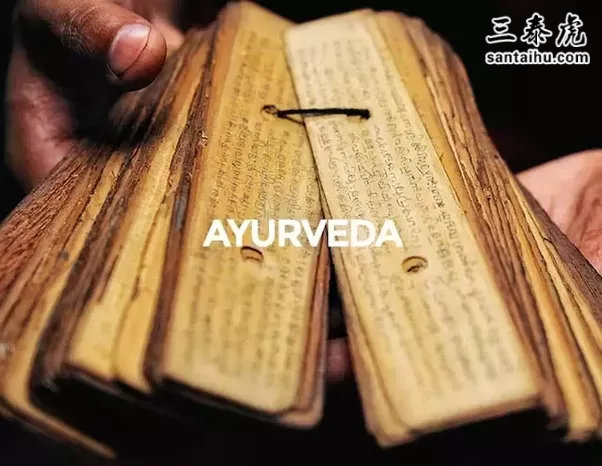
Long before the birth of Hippocrates, Charaka authored a foundational text, Charakasamhita, on the ancient science of Ayurveda. Referred to as the Father of Indian Medicine, Charaka was was the first physician to present the concept of digestion, metabolism and immunity in his book. Charaka’s ancient manual on preventive medicine remained a standard work on the subject for two millennia and was translated into many foreign languages, including Arabic and Latin.
早在希波克拉底出生前,查拉卡就著有一部关于古代阿育吠陀科学的基础著作《查拉卡桑塔》。查拉卡被称为印度医学之父,他是第一位在书中提出消化、代谢和免疫概念的医生。两千多年来,查拉卡的《古代预防医学手册》一直是该学科的标准著作,并被翻译成多种外语,其中就包含了阿拉伯语和拉丁语。
13. Iron-Cased Rockets
13. 铁皮火箭
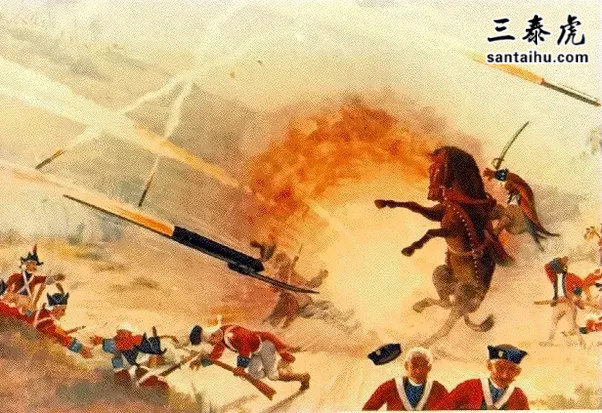
The first iron-cased rockets were developed in the 1780s by Tipu Sultan of Mysore who successfully used these rockets against the larger forces of the British East India Company during the Anglo-Mysore Wars. He crafted long iron tubes, filled them with gunpowder and fastened them to bamboo poles to create the predecessor of the modern rocket. With a range of about 2 km, these rockets were the best in the world at that time and caused as much fear and confusion as damage. Due to them, the British suffered one of their worst ever defeats in India at the hands of Tipu.
第一只铁皮火箭是在18世纪80年代由迈索尔的提普苏丹制造的,他在英属迈索尔战争期间成功地使用这些火箭对抗英国东印度公司的强大部队。他制作了长长的铁管,在里面装满火药,然后绑在竹竿上,创造了现代火箭的前身。这些火箭射程约2公里,是当时世界上最好的火箭,造成的震慑力和混乱不亚于其破坏力。正因为如此,英国人在印度遭遇了史上最惨痛的失败之一。
此文由 三泰虎 编辑,未经允许不得转载!:首页 > 印度 » 古印度文明被高估了吗
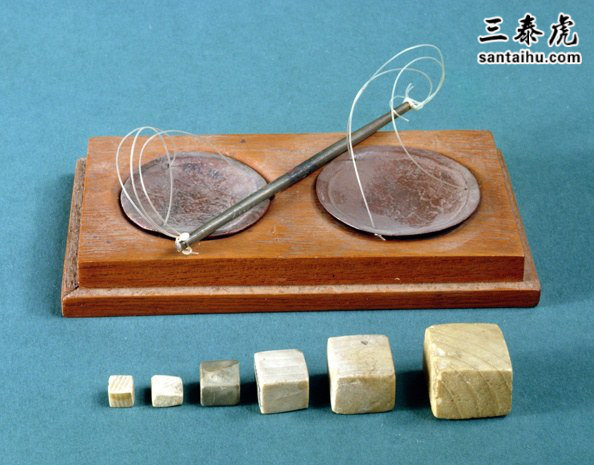
 印度哪些方面远远优于发达国家,印网友:瑜伽、阿育吠陀...
印度哪些方面远远优于发达国家,印网友:瑜伽、阿育吠陀... 印媒:900年的干旱摧毁了印度河流域的文明
印媒:900年的干旱摧毁了印度河流域的文明 印度高铁票价将和普通火车一样,印网友吐槽乘客不文明行为
印度高铁票价将和普通火车一样,印网友吐槽乘客不文明行为 古印度文本将“0”的历史往后推动了500年
古印度文本将“0”的历史往后推动了500年 印度或建立不文明乘客的禁飞名单
印度或建立不文明乘客的禁飞名单 历史该重写了,印度河流域文明至少8000年历史,印网友:我们是文明创始人
历史该重写了,印度河流域文明至少8000年历史,印网友:我们是文明创始人 古印度的科学技术——是否能获得你的敬意?
古印度的科学技术——是否能获得你的敬意?